Hammock Camping: How to Get It Right
Sleeping off the ground in a suspended bed may sound strange at first. But for many hikers, hammock camping offers better sleep, a lighter pack, and more freedom in the woods. It’s not a gimmick—it’s a practical alternative to tents. And once you learn the basics, you might not want to go back.
This guide walks through the pros and cons of hammock camping with tips from experience, not marketing. No fluff. No filler. Just what works, what doesn’t, and what to expect your first night between two trees.
Why Hammock Camping Works
1. It’s comfortable
A good hammock supports your back without pressure points. You’ll feel weightless. Unlike most foam pads or inflatable mattresses, a hammock molds to your shape. Side sleepers can lie at an angle. Back sleepers get a natural cradle. If you sleep badly on the ground, this could fix it.
2. It’s lightweight
A full hammock setup weighs much less than most tents. You’ll carry fewer poles, fewer stakes, and less bulk. For solo hikers or minimalist packers, that matters. You can set up in minutes. Tear down even faster.
3. It’s low impact
No flattened grass. No disturbed soil. If you camp Leave No Trace, hammocks make it easier. You don’t need a flat clearing. Just two strong trees. You’ll avoid compacting roots or trampling undergrowth. That’s good for the forest, and it keeps more spots open for camping.
4. It’s adaptable
Hammocks work where tents fail. Rocky slopes, muddy hollows, uneven forest floor—it doesn’t matter. As long as you have trees, you’re good. And during the day, your hammock becomes a lounge chair. Sit, nap, or read with your boots off and your view wide open.
5. It beats the bugs
With a proper bug net, you’ll sleep in peace. No ants, no ticks, no mosquitoes crawling up from below. Elevation helps. So does the airflow. Add a lightweight net or choose a hammock with one built in.
Where It Falls Short
1. It’s colder
You lose heat from below. Without ground contact, convection pulls warmth from your back. A sleeping bag alone won’t cut it. You’ll need an underquilt or a good pad. Otherwise, you’ll wake up cold—even in summer.
2. It’s more exposed
Rain and wind don’t bounce off nylon walls. You’ll need a tarp or rainfly—and you’ll need to pitch it well. In bad weather, hammocks are harder to seal. A sideways gust or a dropped corner can soak your gear.
3. It lacks privacy
You’re open to the world. There are no walls to hide behind. In crowded campgrounds or group hikes, that can feel uncomfortable. A tarp can block the view, but it’s not a perfect fix.
4. It depends on trees
No trees, no hammock. It’s that simple. In alpine zones, deserts, or above treeline, you’re out of luck. You’ll need a backup plan or a freestanding stand. And not all trees are safe—dead limbs can fall, and soft bark can’t hold a strap.
5. It has limited space
There’s no floor for your pack. No vestibule. No extra room to change clothes or ride out a storm. You’ll need to hang your gear or keep it under a tarp. And for couples or families, one hammock rarely fits all.
How to Hammock the Right Way
Pick a solid hammock
Buy one rated for your weight with strong stitching and breathable fabric. Look for triple-stitched ends and sturdy suspension straps. Avoid rope that damages tree bark. Stick with flat webbing at least 1 inch wide.
Get the right gear
- Insulation: Use an underquilt or a foam pad inside the hammock. A top quilt or sleeping bag goes over you.
- Weatherproofing: A rainfly or tarp should extend well past your hammock on all sides. Set it at a tight angle for wind protection.
- Bug net: If you’re in mosquito country, don’t skip this. Choose an integrated net or a full-coverage wraparound.
Hang it properly
Aim for a 30-degree strap angle and a seat height of 18 inches. Check that the trees are alive, at least 6 inches thick, and free of dead limbs above. Avoid bark damage by wrapping straps flat. Never tie directly with rope.
Choose your site carefully
Pick trees that aren’t too close or too far. Avoid exposed ridges or low spots that collect water. Don’t camp near game trails or overused spots. And always leave the area better than you found it.
Final Thoughts
Hammock camping isn’t a trend. It’s a practical way to sleep outdoors, especially for solo hikers or ultralight backpackers. You’ll sleep better in many cases, carry less weight, and see more of the woods that brought you there.
But it’s not always better. Tents still win in extreme weather, group setups, or treeless terrain. You’ll need to practice your hang and dial in your gear. Once you do, you may never go back to the ground.
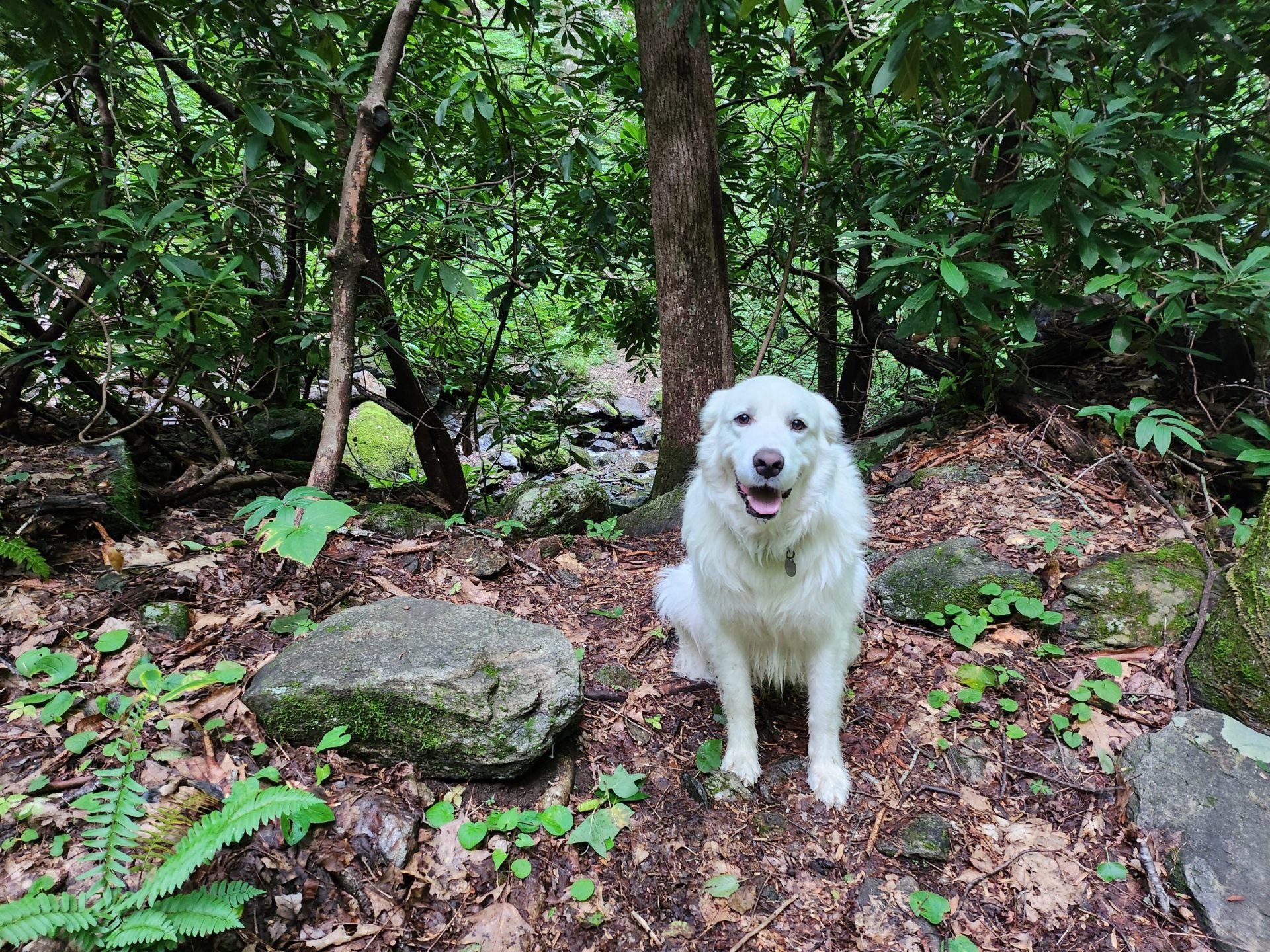

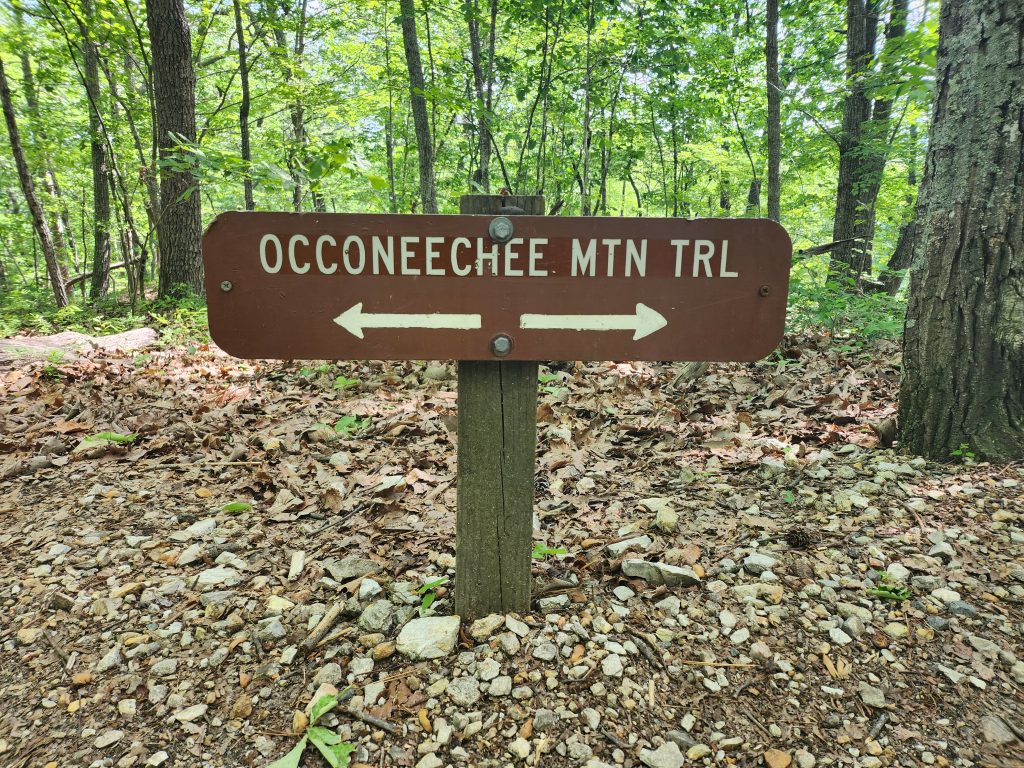

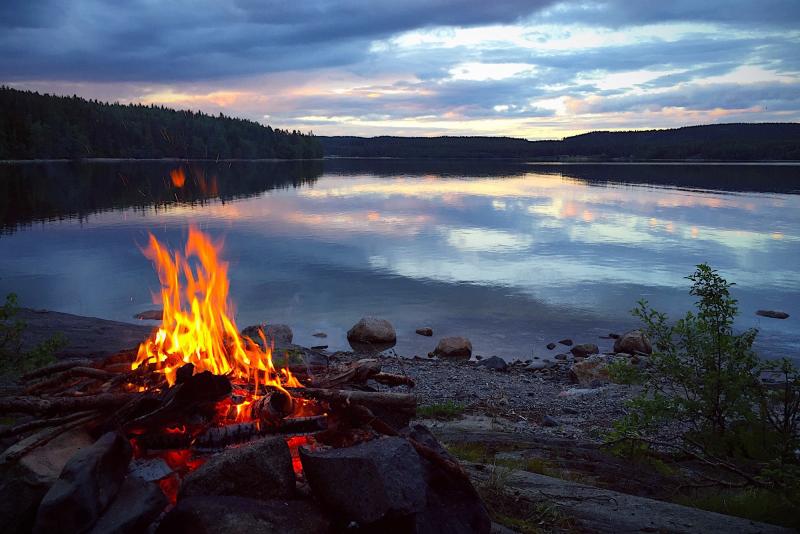
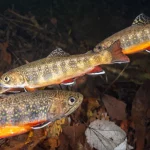
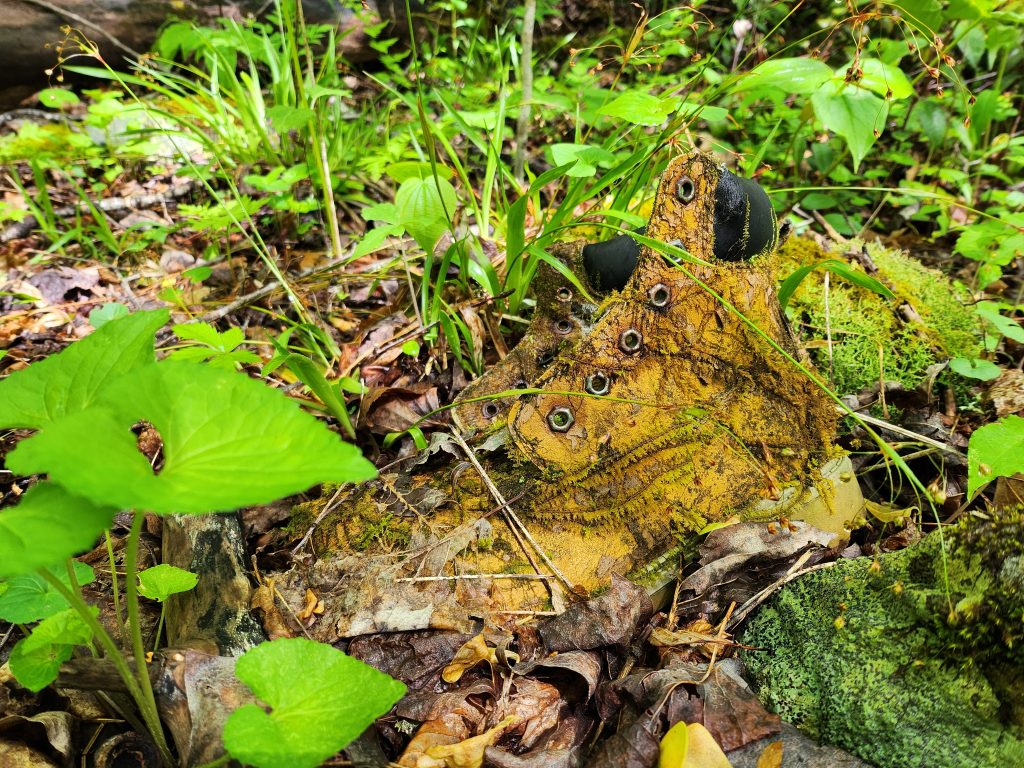

Leave a Reply